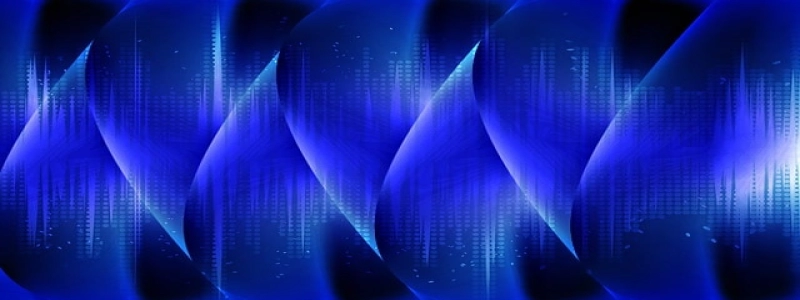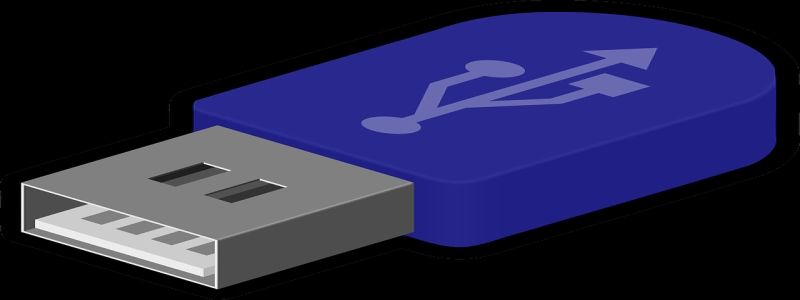The 1000Base LX Utilizes Light with What Wavelength?
Introduction
In the world of networking, it is crucial to understand the various types of connectivity options available. One commonly used form of connectivity is known as 1000Base LX, which utilizes light to transmit data over certain distances. In this article, we will explore the wavelength that the 1000Base LX utilizes and delve into its significance in the realm of network communication.
Understanding 1000Base LX
1000Base LX, also known as Gigabit Ethernet LX, is a type of networking standard that operates at a speed of 1 gigabit per second (Gbps) over fiber optic cables. It is often used in local area networks (LANs) and wide area networks (WANs) to provide high-speed data transmission. However, in order for this technology to function properly, it requires a specific wavelength of light.
The Wavelength of 1000Base LX
The wavelength used by the 1000Base LX is 1310 nanometers (nm). This means that the light emitted by the transmitter and received by the receiver carries information at a frequency corresponding to this wavelength. The specific choice of 1310 nm is not arbitrary but rather based on the properties of the fiber optic cables commonly used within the network infrastructure.
Reasons behind the Choice of 1310 nm
The primary reason for using a wavelength of 1310 nm in the 1000Base LX standard is the attenuation characteristics of the fiber optic cables. Attenuation refers to the loss of signal strength as it travels through the cables over a given distance. Fiber optic cables inherently suffer from increased attenuation as the wavelength increases, and the highest level of attenuation occurs around 1310 nm.
By operating at 1310 nm, the 1000Base LX standard optimizes the transmission efficiency within this attenuation range. It allows data to be transmitted over longer distances without significant loss of signal strength. This wavelength also aligns with the capabilities of the components used in the transmission equipment, ensuring compatibility and efficient operation.
Conclusion
In conclusion, the 1000Base LX utilizes light with a wavelength of 1310 nm. This choice of wavelength is determined by the characteristics of fiber optic cables, specifically the attenuation properties at different wavelengths. By operating at 1310 nm, the 1000Base LX standard ensures efficient transmission of data over longer distances, making it an essential component in modern networking technology.








